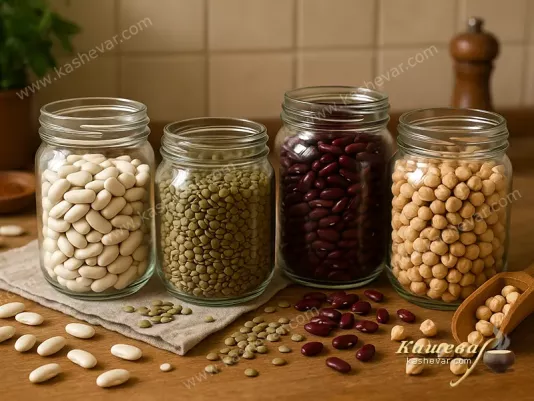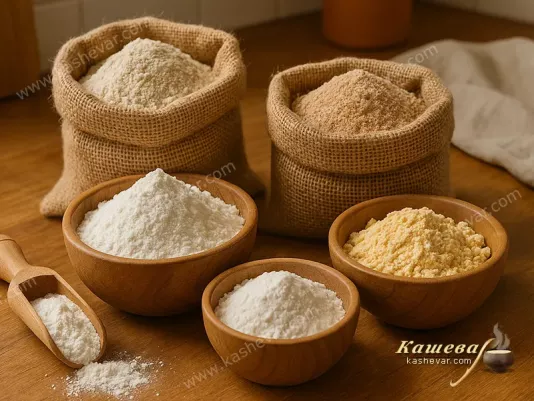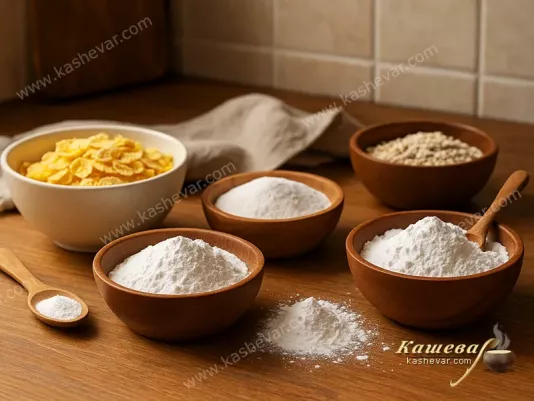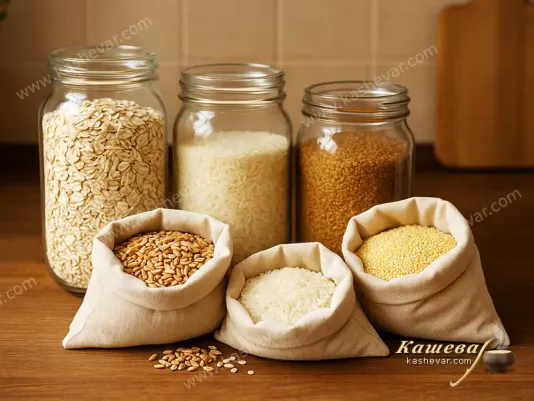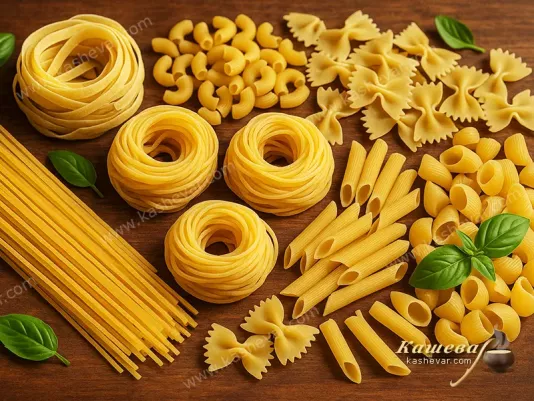Grains, Cereals and Legumes
Grains, cereals and legumes have become the basis of balanced nutrition for me, because they combine both benefits and versatility. I love cooking buckwheat, rice, millet, bulgur, as well as different legumes – beans, lentils, chickpeas, peas. Each product has its own character and opens up new culinary possibilities: buckwheat brings a feeling of home warmth, rice easily combines with spices, and legumes add protein and nourishment. I like that these ingredients can be cooked in many ways – from simple side dishes to sophisticated dishes of world cuisine. I always experiment with combinations, add vegetables, spices or herbs to create new flavors. Thanks to grains, cereals and legumes, I can diversify the diet and make it healthy for the whole family.
Different Types of Grains, Cereals and Legumes
Buckwheat, Rice and Millet in the Daily Diet
Buckwheat, rice and millet have always been the main cereals for me, forming the foundation of the everyday menu. I love buckwheat for its rich taste and nutritional value – it cooks quickly, goes well with vegetables and meat, and can also be the base for casseroles or patties. Rice is universal for me: I use white rice for light side dishes and desserts, brown rice for more substantial meals, and special varieties help me cook pilaf or sushi. I appreciate millet for its golden color and light taste – I cook both sweet porridges with honey or fruits and hearty side dishes with vegetables or mushrooms. These cereals are easy to combine with each other, adding spices, herbs or sauces, and each time a new dish turns out. For me they are not only a source of energy, but also a tool for culinary creativity that helps me make simple and at the same time healthy meals for the whole family.
Bulgur, Barley and Other Grains
Bulgur, barley and other grains for me are a way to diversify the diet and add new flavor notes to the menu. I love bulgur for its nutty taste and light texture – it is perfect for salads, side dishes and vegetable meals. Most often I cook tabbouleh with it or add it to stews – it softens quickly and absorbs the aromas of spices. Barley for me is associated with hearty dishes: it makes thick porridges and soups that warm well in the cold season. It has a pleasant taste and goes perfectly with vegetables or meat, creating nourishing and flavorful meals. I also like to use pearl barley in salads, since chilled grain has an interesting texture and keeps its shape well. Other grains such as couscous or amaranth I add to the menu when I want to cook something new – they have their own features and help make everyday meals more varied. For me bulgur, barley and other grains are an example of how simple ingredients can turn an ordinary lunch into something special.
Beans, Lentils, Chickpeas and Peas
Beans, lentils, chickpeas and peas have become the main legumes for me, with which I can create dozens of different meals. I use beans in soups, salads or side dishes: white beans add tenderness, red beans give richness, and mottled beans also make the dish attractive in appearance. Lentils for me are a quick and healthy option – they cook without soaking, and can be turned into both creamy soups and hearty sides. Chickpeas I love for their delicate nutty flavor: hummus and falafel have become favorite dishes in my family, while in salads and soups chickpeas add nutrition and new taste notes. Peas for me are associated with home comfort: pea soup or tender puree always remind me of childhood. I always try to cook legumes properly – I soak them, add spices during cooking to make the taste richer. For me these ingredients are not only a source of protein and fiber, but also a way to diversify the menu and make it hearty and healthy for the whole family.
Combining Grains and Legumes in Dishes
Combining grains and legumes for me has become a real discovery, because together they create balanced and nutritious dishes. I love cooking rice with lentils – it is a quick and tasty meal that provides the body with both proteins and complex carbohydrates. Buckwheat with beans or peas also becomes a wonderful side dish or even a main course, especially if vegetables and spices are added. Bulgur with chickpeas I use in salads and warm dishes, where their textures complement each other perfectly. Such combinations are not only filling but also healthy, since they contain the full set of essential nutrients. I like to experiment: sometimes I add herbs, nuts or seeds to grains and legumes to make meals even more diverse. For me it is important that such dishes are easy to prepare and at the same time look bright and festive. I am convinced that combining grains and legumes allows me to create both simple everyday meals and interesting treats for guests. This is always a winning option that makes the diet healthy and varied.
How I Choose and Store Grains, Cereals and Legumes
When I choose grains, cereals or legumes, I always pay attention to their appearance and smell. Quality products should be clean, free of impurities, dust or signs of moisture, and the smell should be pleasant and fresh. I never buy cereals or legumes with stains or damaged grains, as this affects the taste and benefits of the dish. At home I store them in glass or metal jars with tight lids that do not let in moisture or foreign odors. For me it is important to keep these products in a cool and dry place, and in warm seasons sometimes even in the refrigerator. I always sort legumes before cooking, and rinse cereals to make them clean and ready to use. Some cereals I even lightly toast before boiling to make the taste more expressive. For me these simple rules have become a habit that helps preserve the quality and benefits of the products. Thanks to proper selection and storage, I am always sure that buckwheat, rice, millet, bulgur or beans with chickpeas will turn out tasty and nutritious, and my dishes will have exactly the result I expect.
